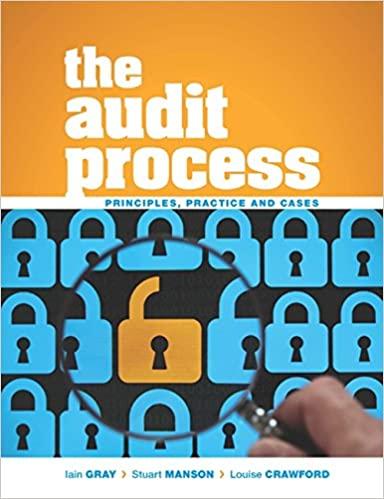Question
Source: Dingley, C., & Roux, G. (2014). The role of inner strength in quality of life and self-management in women survivors of cancer. Research in
Source: Dingley, C., & Roux, G. (2014). The role of inner strength in quality of life and self-management in women survivors of cancer. Research in Nursing & Health, 37(1), 32-41.
Introduction
Dingley and Roux (2014) studied inner strength, depression symptoms, and selected demographic variables to predict quality of life (QOL) and self-management in women survivors of cancer. This predictive correlational study was conducted with a convenience sample of 107 women with cancer. The strongest predictors of QOL were depressive symptoms, inner strength, and time since diagnosis. The strongest predictors of self-management were depressive symptoms and inner strength (Dingley & Roux, 2014, p. 32).
Relevant Study Results
Selected instruments used to measure the study variables in the Dingley and Roux (2014) study are presented in this section with a focus on reliability testing.
Depression. The Center for Epidemiological Studies Depression Scale (CES-D; Radloff, 1977) was used to assess depressive symptomatology. The CES-D is one of the most widely used self-report instruments for epidemiologic studies of depression and has been used in primary care, psychiatric, and related clinical and forensic settings. The 20-item instrument measures depressive affect, somatic symptoms, positive affect, and interpersonal relations. For each experience related to depression, the respondent selects the value (0, 1, 2, or 3) that best describes how frequently the experience occurred during the previous week. Total scores of 15 to 21 indicate mild to moderate depressive symptoms; scores over 21 indicate the respondent has experienced major depressive symptoms. Cronbachs alpha in this study was 0.90.
Inner strength. The Inner Strength Questionnaire (ISQ) is a 27-item self-report instrument written at a fourth grade level (by Flesch Kincaid Grade Index). Respondents are asked to indicate their level of agreement with each item statement using a 5-point Likert-type scale (strongly agree, agree, slightly agree, disagree, strongly disagree). The ISQ assesses four factors representing dimensions of the theory (i.e., Anguish and Searching, Connectedness, Engagement, and Movement). Total scores can be calculated, as well as scores for each subscale. The maximum possible total score is 135, with higher scores indicating a higher presence of inner strength. Each sub-scale of the ISQ had a Cronbachs alpha > 0.80 (Anguish and Searching 0.85, Connectedness 0.95, Engagement 0.85, and Movement 0.83). Internal consistency reliability of the total ISQ was = 0.91. Cronbachs alpha for the present study was 0.89.
Quality of life and spiritual well-being. The tool selected to measure QOL was the Functional Assessment of Cancer TherapySpiritual WELL-Being (FACTSp), one instrument from the FACIT Measurement System, a collection of QOL questionnaires targeted at the management of chronic illness. The FACIT measurement system is considered appropriate for use with patients with any form of cancer as well as other chronic illness conditions (e.g., HIV/AIDS, multiple sclerosis) and in the general population using a slightly modified version. The FACT-Sp incorporates the domain of spiritual well-being (SpWB) in addition to the four primary domains of physical (PWB), social/family (SWB), emotional (EWB), and functional well-being (FWB). The SpWB scale is 12 questions that measure a sense of meaning and peace and the role of faith in illness The SpWB had a Cronbachs alpha of 0.93 in the study sample. Cronbachs alphas for the subscales were PWB = 0.85, SWB = 0.80, EWB = 0.79, FWB = 0.88, and SpWB = 0.83 (Dingley & Roux, 2014, pp. 35-36).
Does the CES-D scale have successive verification validity in the Dingley and Roux (2014) study? Provide a rationale for your answer.
Step by Step Solution
There are 3 Steps involved in it
Step: 1

Get Instant Access to Expert-Tailored Solutions
See step-by-step solutions with expert insights and AI powered tools for academic success
Step: 2

Step: 3

Ace Your Homework with AI
Get the answers you need in no time with our AI-driven, step-by-step assistance
Get Started


